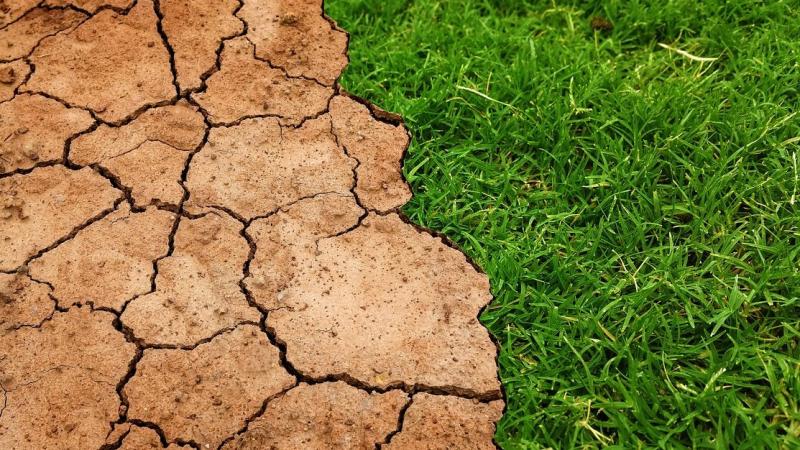
Melting glaciers, rising sea levels and the threat to biodiversity are some of the conspicuous impacts of global warming. However, the repercussions of this warming are multifaceted and complex than what we understand today. A recent study by researchers from Stanford University, USA reveals how global warming has increased economic inequality among different nations. Their findings were published in the Proceedings of the National Academy of Sciences.
The study builds on previous works, which have analysed the relationship between annual temperature and GDP (gross domestic product) of different countries, and how temperature fluctuations impact economic growth. The researchers of this study combined these previous estimates with data from more than twenty climate models developed by research centres around the world. They used these models to estimate the warming in different countries and determined the probable economic output in each of them, had there been no warming.
The researchers found that the rise in global temperatures caused by greenhouse gases, has benefited cold countries like Sweden and Norway, which have seen an increase in temperature. However, this increase has hurt economic growth in warmer countries like India and Nigeria, impacting their productivity and health. The researchers argue that this has resulted in a condition where rich countries are getting richer and poor getting poorer. “Majority of the world’s warmest countries are poor and large negative impacts have been concentrated in these countries. Likewise, because most of the world’s richest countries are temperate or cool, they are getting benefited”, say the researchers.

Fig: Country-level economic impact of global warming (image source). Differences in presence/absence of countries between the 1961– 2010 and 1991–2010 reflect differences in the availability of country-level economic data
“Although overall economic inequality between countries has decreased substantially over the past half-century, it is very likely that global warming has slowed that decrease”, the researchers observed.
During the period 1961 to 2010, global warming is estimated to have reduced the incomes of the poorest 40% of the world’s population by between 17% and 31%. Meanwhile, the gap between the group of nations with the highest and lowest per capita GDP is approximately 25% larger now than it would have been without global warming.
The study reveals that the economy of tropical countries has suffered more due to global warming. “The climate change has decreased economic growth of countries in the low latitudes and increased economic growth of countries in the high latitudes”, say the researchers. In India, climate change has caused 31% lower per capita GDP growth compared to a situation without human-caused warming. Other countries burdened by warming include Sudan with 36%, Nigeria with 29%, Indonesia with 27% and Brazil with 25% lower per capita GDP due to climate change.
The wealthy countries are responsible for more greenhouse gas emissions. However, 18 countries with relatively less per capita carbon dioxide emission (less than 10 ton CO2 per capita), suffered negative economic impacts with around 27% less per capita GDP today than they would have in a world without warming. Whereas, 74% of the countries with higher carbon dioxide emissions (exceeding 300 ton CO2 per capita) have benefited from global warming, finds the study.
This detailed estimate of the economic impact of global warming in different countries and the burden faced by poor countries would help develop policies to address this problem. “Given the magnitude of the warming-induced growth penalties that poor countries have already suffered, expansion of low-carbon energy sources can be expected to provide a substantial development benefit”, conclude the researchers.





